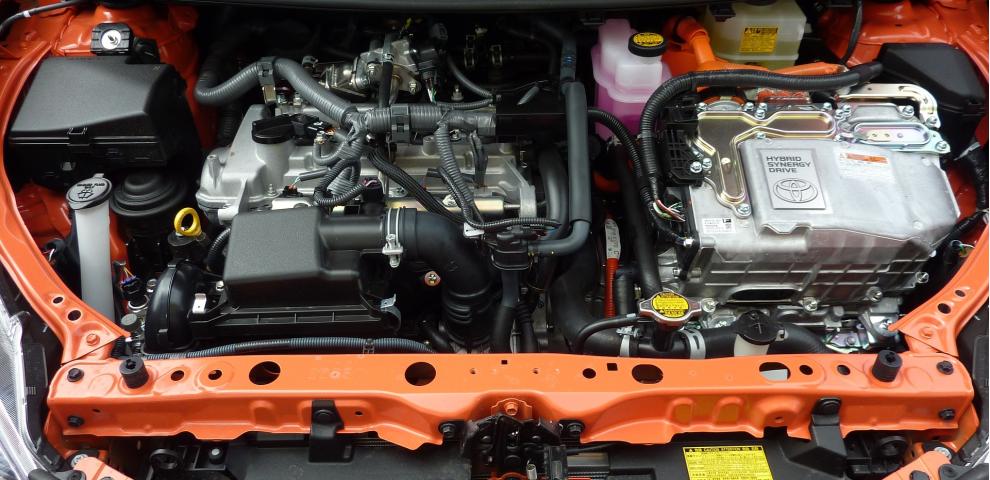
Regenerative Braking in electric vehicles: How they help?
April 19, 2023
If you are interested in buying an electric car, there is a chance you may have read about regenerative braking. Simply put, it’s a way of taking the wasted energy from the process of a car slowing down and using it to recharge its batteries. In a normal car, this energy is lost, but in an electric vehicle or a hybrid, some of this energy is utilized with the help of regenerative braking.
How does regenerative braking work?
To understand how regenerative braking works, let’s first learn about the working of a normal braking system. When we step on a brake pedal, the discs and brake pads create friction on meeting. So the kinetic energy created disperses into the environment in the form of heat. With regenerative braking, some of this kinetic energy is recovered and converted into electricity instead of heat.How does it work in electric vehicles?
In EVs, the motor drives the wheels when accelerating, but the wheels drive the motor when slowing down. The motor utilizes this two-way flow as a generator. It resists the rotation of the wheels to create electricity and recharge the vehicle’s battery. Following are the two conditions when the motor is able to regenerate energy :
- If the driver presses the brake pedal
- If the driver releases the accelerator, and it is coasting
The electric vehicle industry uses both of these scenarios to create electricity and recharge the battery. Drivers can check this change on the charging gauge of their vehicle. This is shown as the energy flown from the wheels to the battery. The generated energy is proportional to the braking force, which means the stronger the braking force, the larger the electric current. Therefore, the amount of energy is dependent on the speed and duration of the brake applied. This system auto-allocates a portion of the breaking force for energy regeneration. In this manner, the system achieves both purposes at the same time, one of recharging the battery for enhanced efficiency and the second of better electric driving range.
Greater Efficiency
The latest EV models that are hitting the market with increasingly advanced regenerative braking systems have enhanced the amount of energy this technology captures. These models can recover up to 70% of the energy that would have been lost otherwise. Imagine adding hundreds of miles of extra electric range per year in scenarios where an owner drives their vehicle a lot. It can reduce so many trips to the fuel pump for hybrid and can be one of the deciding factors in the race of which electric vehicle has the longest range, as they will lessen the need for pure EVs to plug in and charge.
Conclusion
Regenerative braking is one of the best technologies among others used in hybrid and electric cars to optimize their efficiency. Aside from minimizing energy loss and extending electric range, it enhances braking life, making for low wear and tear. All these advantages are sure to make electric vehicles more appealing vs the traditional fuel vehicles to the masses.




